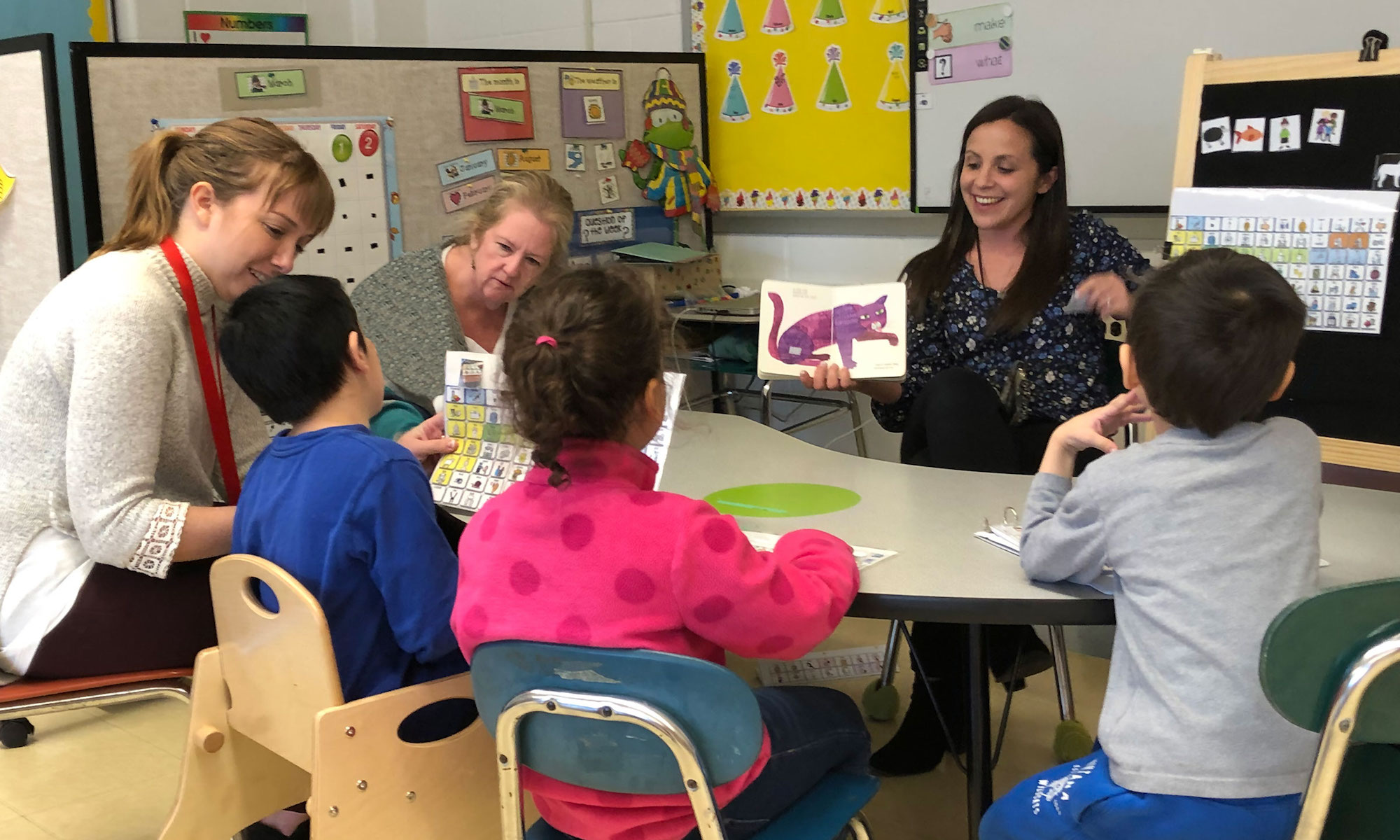About Personal Narratives: For Teachers, Therapists, and Parents
Various authors have emphasized the power of personal narratives in encouraging interaction between children of all abilities. Personal narratives provide us with oppotunities to share how we experience events in our lives. It is a powerful tool for enhancing self–other understanding and encourages sharing with others. There is no right or wrong personal narrative—it only describes our own experience. In doing so, it provides a strong incentive for others to respond and share their own experiences and perceptions.
This blog explores the concept of sending a parcel to someone as well as our emotional responses and reactions to the process. As before, I would encourge professionals and parents to use this short story as a means to encourage the exploration of ideas and emotions with their own students and children.
The Use of Questions to Expand on Meaning-making
I include different questions at the end of the narrative. Some of these questions might seem too difficult. However, I would like to encourage you to expose your child to all the questions: Try and simplify the question, rather than merely omitting it. The aim is to understand the personal narrative from the author’s perspective, but then also to share one’s own exepriences on the current or related topic. Meaning-making between people develops as we are able to share and understand different ways in which individuals can experience similar events.
Continue reading “Storytime with Erna #5: Personal Narratives—Sending a Parcel”





